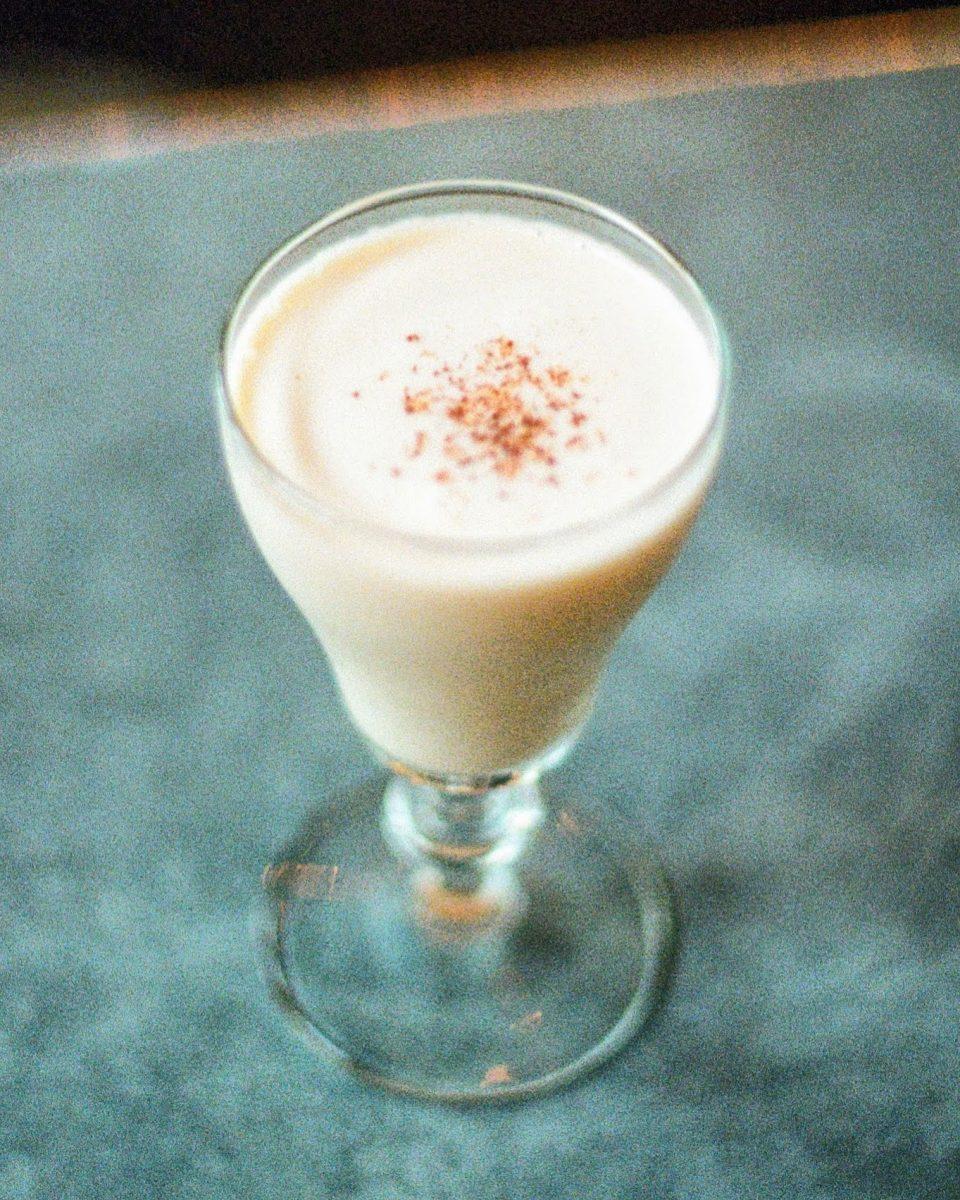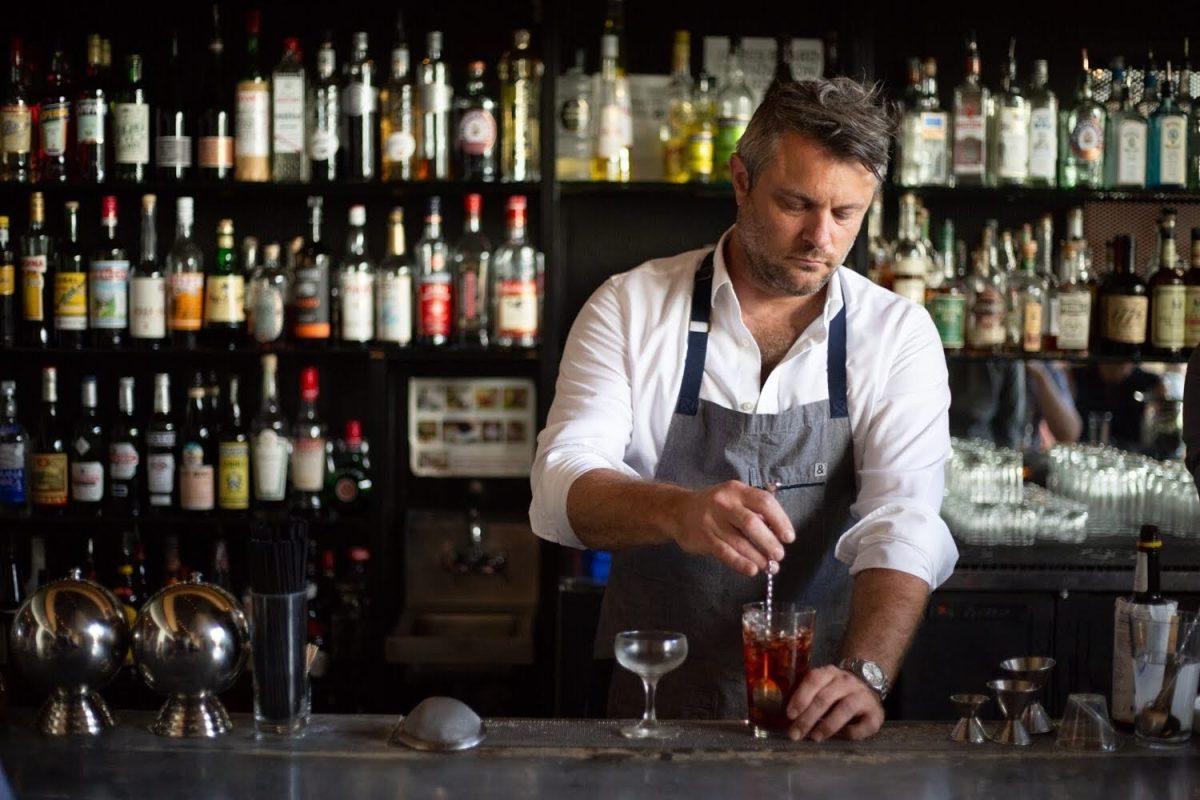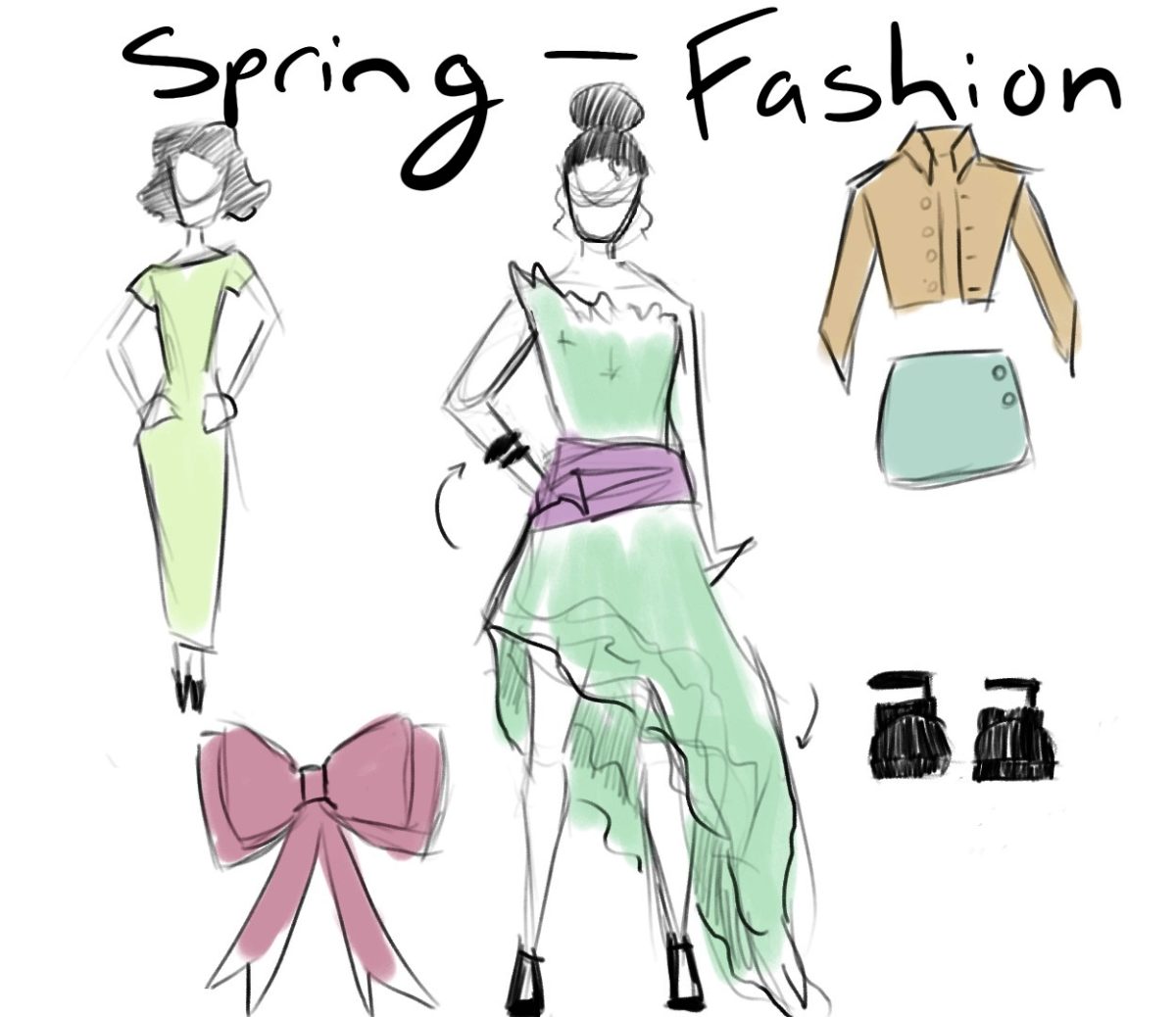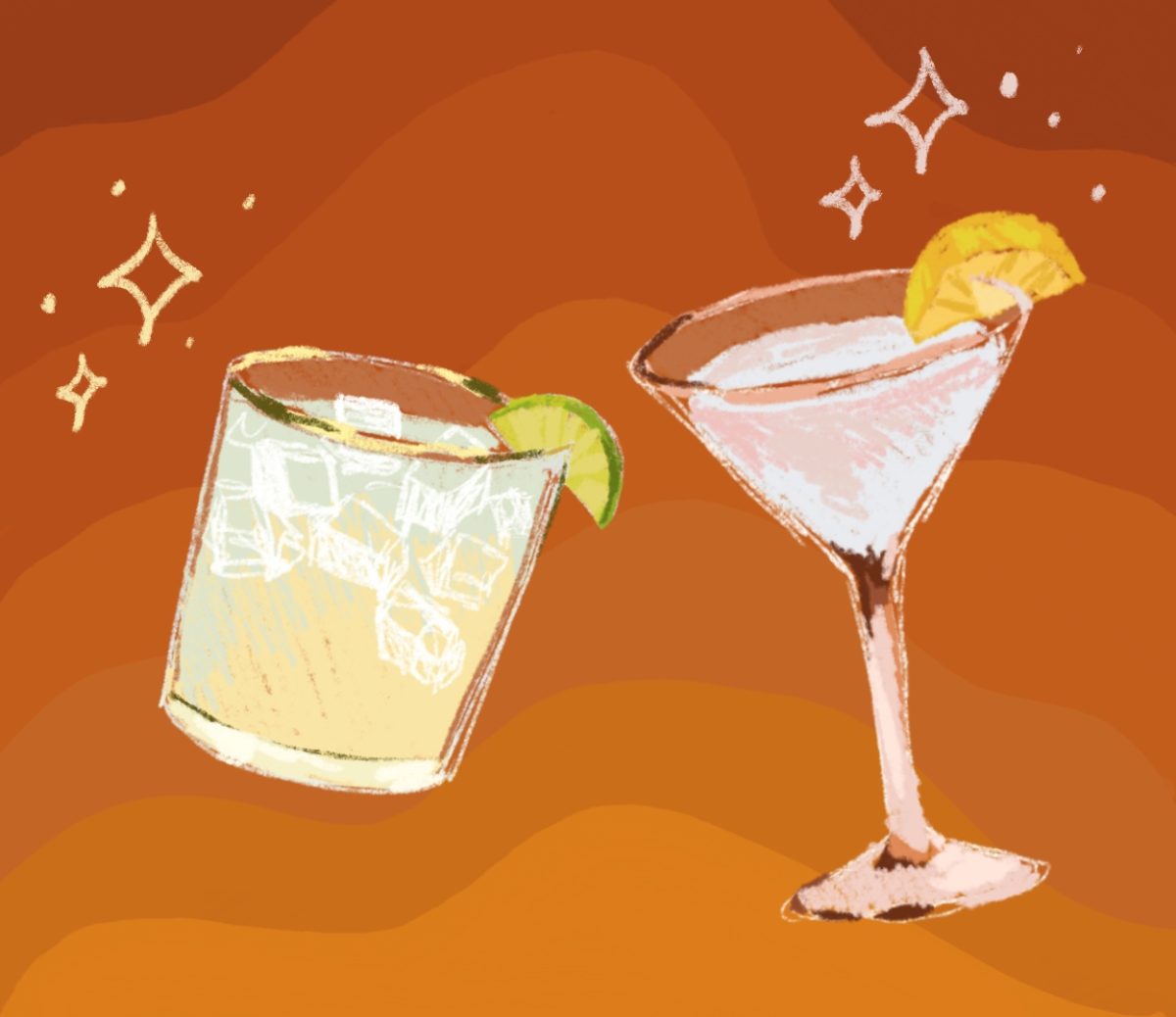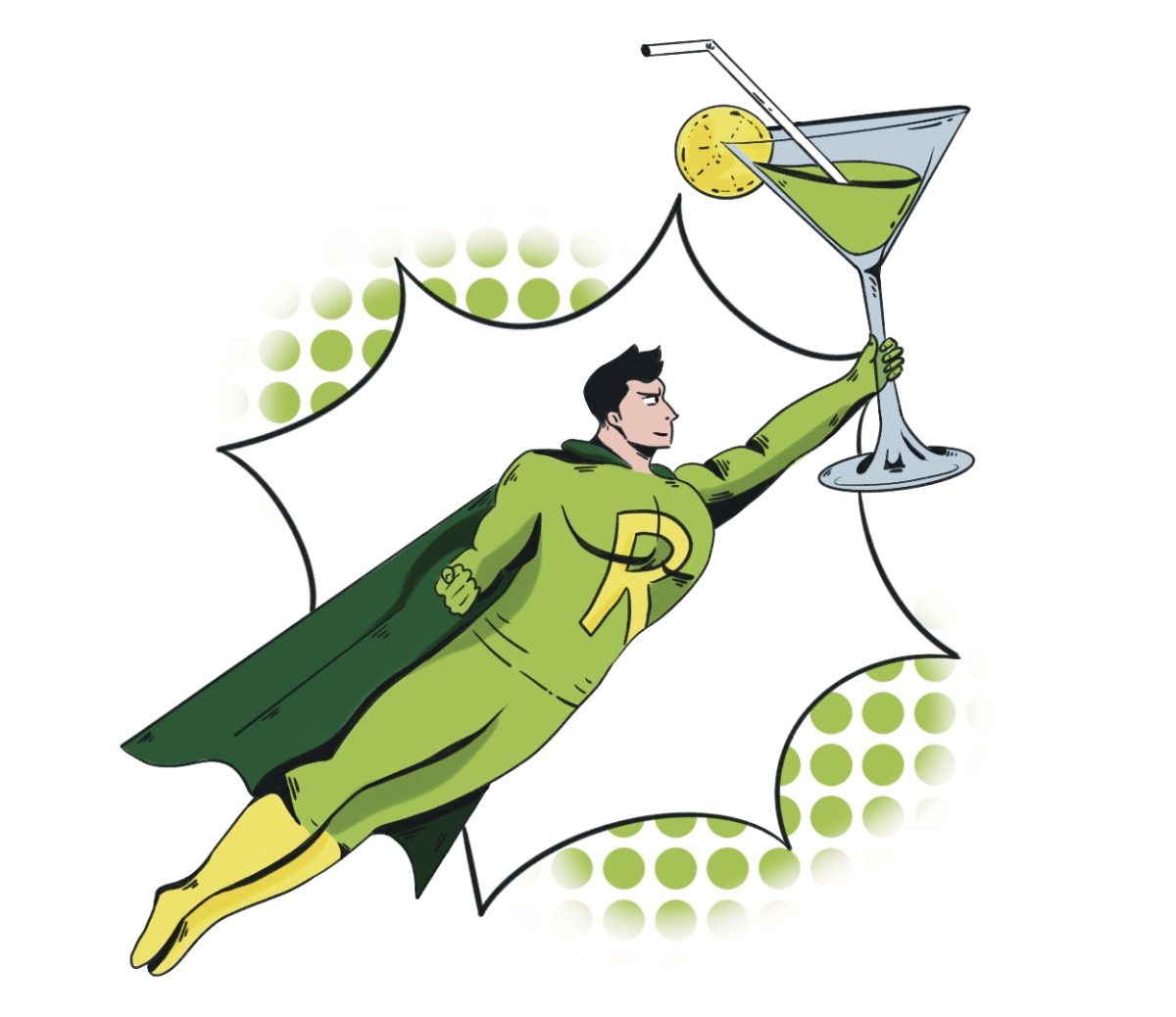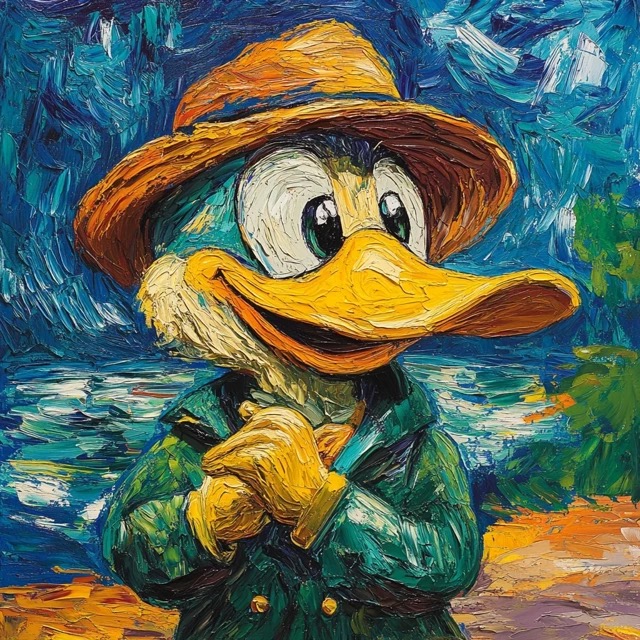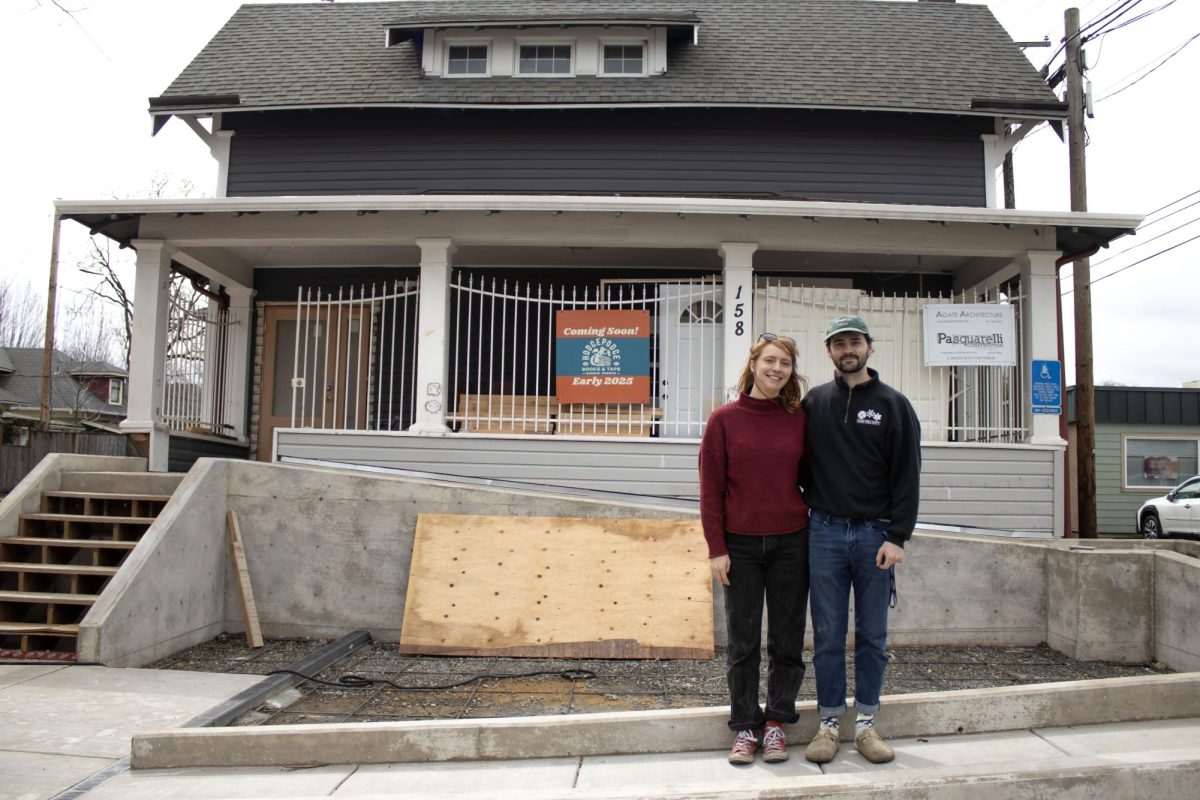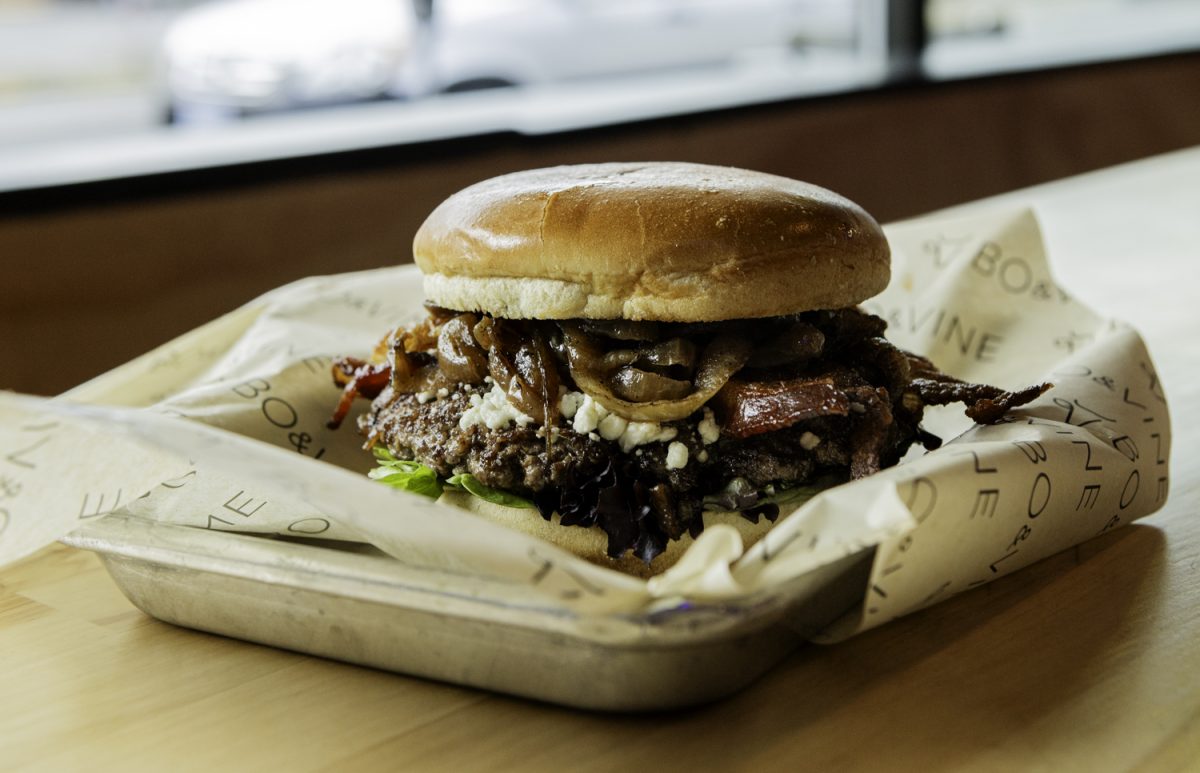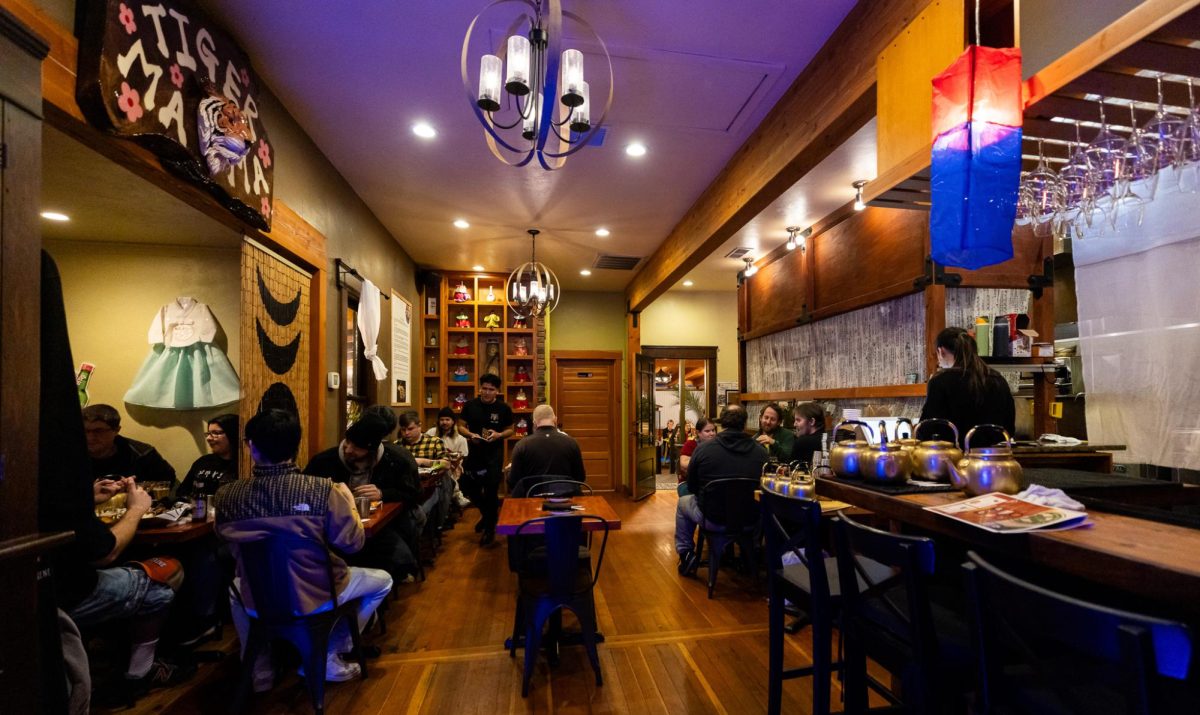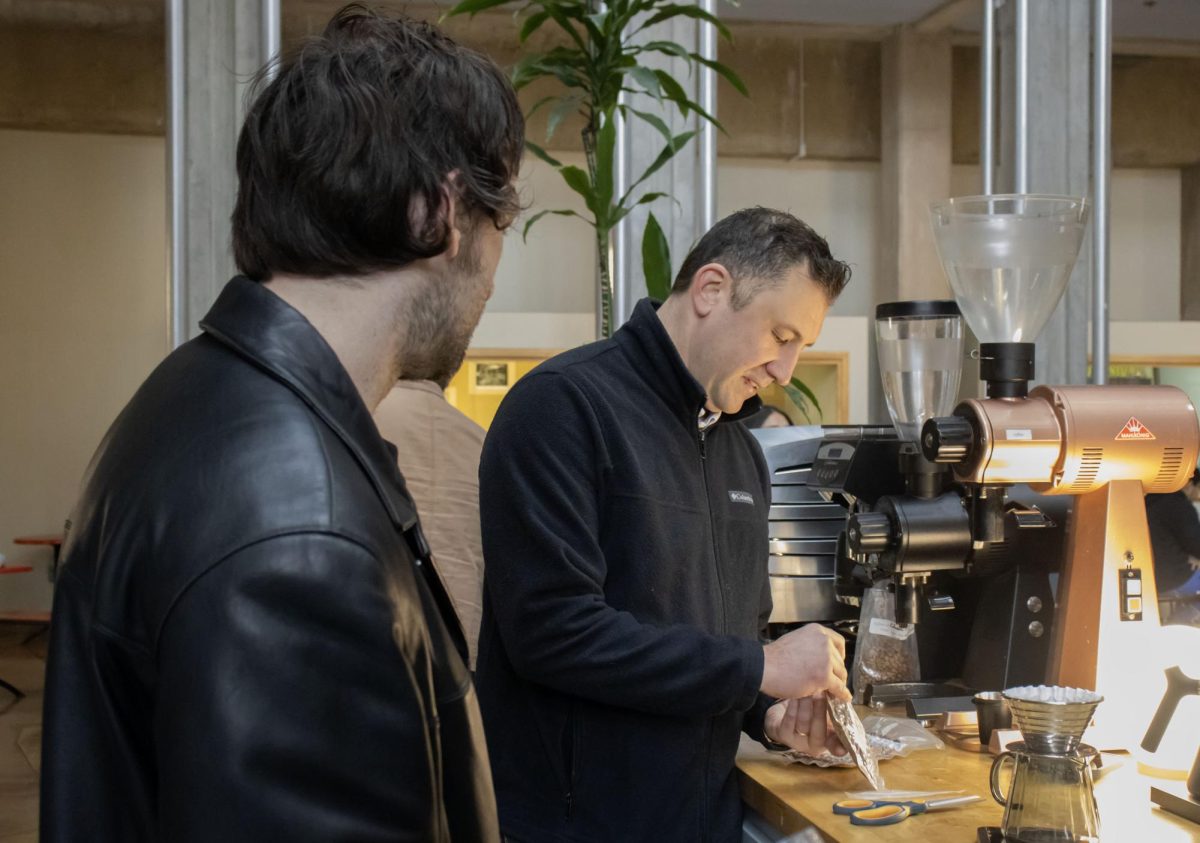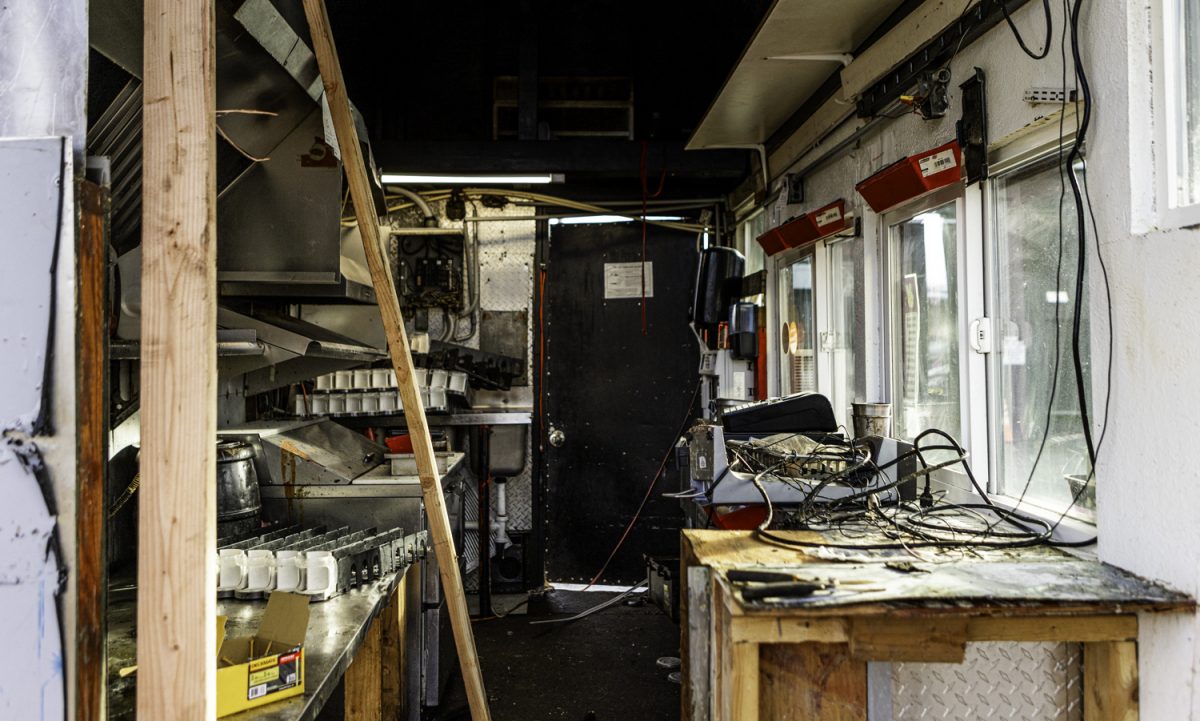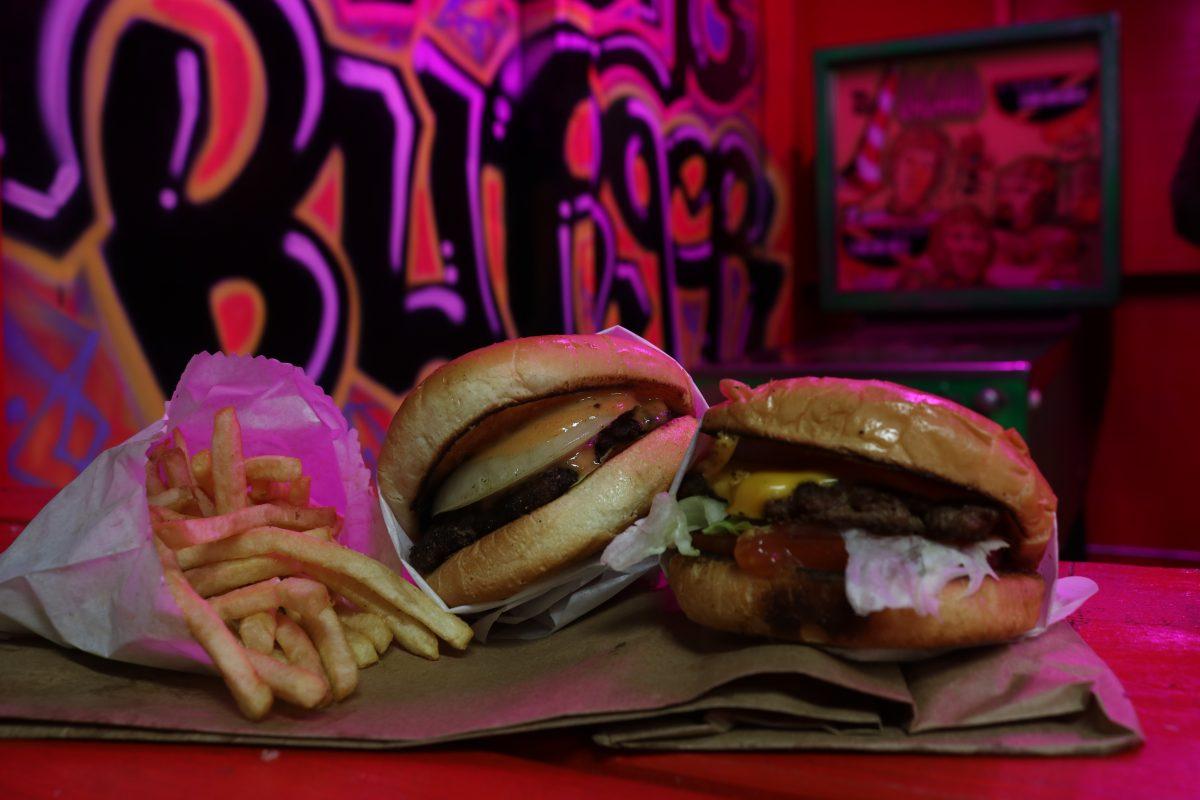In the American culinary scene, few bartenders are as nationally revered and recognized as Jeffrey Morgenthaler. Since taking up the management position at the famous Portland bar Clyde Common in 2009, Jeffrey has established himself as one of the most influential bartenders in recent history, with his recipes being featured in publications such as The New York Times and The Wall Street Journal, as well as heading the San Francisco World Spirits Competition. He is also the author of The Bar Book: Elements of Cocktail Technique, notable for being one of the only bartending books to focus on the technique required in making drinks. It all started in Eugene, where Jeffrey got his first bartending job. We sat down to talk with him about his past, present and future to get a deeper look at what goes on in Jeffrey’s world of mixology.
Emerald: I know you got your start in Eugene, you were majoring in architecture at the University of Oregon. Tell me about your time here and what made you want to switch into bartending?
JM: I got my start at a place called The Tiny Tavern, I started there in ‘96, and the thing was, like, a good thing to do when you’re in architecture school is to get an internship with an architect, which, you know, doesn’t pay. I didn’t have the money to do that. I applied for two jobs and got them both on the same day. One was bartending at The Tiny Tavern, which I had never done before, never worked in food service. Always was kind of interested in it, but no experience. And the other one was washing dishes at Chef’s Kitchen which is still there out on, like, Hilyard, it’s out on like Amazon Parkway. So I started working there, just pouring beers. Wasn’t really particularly good at it when I started, got better, and by the end of the summer they asked me if I wanted to work nights. I was mostly doing days and happy hour that summer. I graduated in ‘98 so for those, like, two or three years I was working at night and going to school during the day. And then after I graduated I just like stuck with it because the other thing about architecture is you get hired in kind of at the bottom making very little money and, you know, you’re always the first to go right? You can get laid off, so I just kept my Thursday, Friday, Saturday nights, and eventually just kind of fell in love with it. Like, got better, sort of moved through the ranks at better bars. I worked at a bunch of shitholes, I worked at some nightclubs and then I landed at Bamboo in the Marche empire and that’s where things kind of took off.
Emerald: That’s where it started to pick up?
JM: Yeah, it’s where I learned about bartending as one of the culinary arts as opposed to slamming out shots and pouring beers.
Emerald: Tying into the architecture, do you think any of what you learned there has sort of transferred into bartending? I remember in one of the chapters in The Bar Book, you write about ergonomics and the pouring of drinks?
JM: Totally. That in particular came straight out of architecture. The thing that you’re there to learn in architecture school, particularly at the UO is the design process, which is so applicable to so many things and I use it all the time. You know, we just opened our own bar, and designing the drink menus and the space, designing the actual printed drink menu and food menu, that’s all part of the design process, which is awesome. Like, I wouldn’t trade that for anything, I love having that skill.
Emerald: After Bamboo, eventually you went and took over Clyde Common. What was it like taking over that and was that your first real management position?
JM: I had a ton of management experience and I had been writing on my website for years, so that’s how Clyde Common heard of me and invited me to come up and take over their bar program, which was certainly the biggest and most high profile bar program I’d ever done. This was when Portland was really popping off and starting to become a tourist destination. Portland was making, like, The New York Times for some sort of food and drink piece it seemed like every other week.
Emerald: Yeah, the early 2010’s was, like, the real takeoff period for Portland.
JM: For sure. So I got there and January 2nd, 2009 was my first day. They’d been open for a year and a half and they’d gone through three bar managers already, I, you know, was pretty fucking terrified, but managed to pull it off.
Emerald: Kind if eased into it after some nervousness?
JM: Yeah, yeah, that first year was tough. And then we just started getting all the notoriety right? We got every award and every nomination under the sun.
Emerald: Nationally recognized, yeah.
JM: Totally.
Emerald: Off of that, I read recently that you enjoy kind of elevating 80’s drinks? Like, drinks from that disco era?
JM: At Pepe Le Moko I did a fair amount of that. Pepe was a collaboration between The Ace Hotel and Clyde Common. They wanted to do “speakeasy” cocktails. You know, prohibition-era cocktails. And this was, like, 2014? And I was like “absolutely not.” Like, that bar program was already so tired, I was just not the guy to do that. And so they were like “well, what do you wanna do?” and I was like “I wanna do amaretto sours and Long Islands and ice-cream grasshoppers and espresso martinis.” The espresso martini was a joke back then. Now it’s on every single drink menu. We were like one of the earlier nice cocktail bars that put the espresso martini on the menu… I just feel like bartending and mixology has crawled so far up its own ass. There was this idea that certain drinks were “bad” drinks and certain drinks were “good” drinks. There were even articles published by other bartenders like “if you come into my bar and ask for a Long Island Iced Tea we’ll ask you to leave.” That kind of shit right? Like, a Manhattan is acceptable but an amaretto sour is not acceptable, and I was like “I think that you guys just don’t know how to make good drinks.”
Emerald: I know that one definitely took off, the amaretto sour.
JM: That amaretto sour recipe is so crazy. If you go into a decent cocktail bar pretty much anywhere in the world and ask for an amaretto sour, they’re gonna use that recipe. Which is crazy right? It’s on menus in places like Singapore and all over Europe, and it’s just nuts, it’s great.
Emerald: I mean, that’s quite the honor right?
JM: Yeah totally, it’s amazing!
Emerald: Off of that, bartending is a culinary art. I think some people especially don’t think of it as an art, but it is, and like all art it requires creative vision. Clearly with the amaretto sour you had some vision that kind of took off and gained some notice. Where do you get your ideas for that and where do you come up with that sort of creativity to create recipes and work on drinks?
JM: I don’t know, like, I just love this stuff so much and think about it all the time. It’s never about setting out to create something, it’s more for me about trying to understand something better. You know, like the amaretto sour, is like “how can I understand this drink better by making it better?” I think a lot of musicians don’t really set out like “I’m gonna write a song,” right? They have an idea and it blossoms into a song because they’re thinking about songs all the time. It’s the same thing with food and drink with me, I’m just thinking about this shit all the time.
Emerald: Is Pacific Standard your first bar you’ve actually opened?
JM: It’s the first bar that I’ve owned. I’ve opened lots of places but it’s the first time I’ve been the owner.
Emerald: What pieces of advice would you have then for somebody looking to take a similar path to what you have done? What advice for aspiring restaurateurs or bartenders or anyone trying to make their own path in the culinary arts like you have?
JM: Learn everything you can about it. You know, don’t just learn one type of establishment or one type of food, I think being super well rounded is really important. And really ask yourself why you want to get into this. I think a lot of people get into it because they think it’s a neat idea or maybe they want to be a famous chef or something like that, but there’s no substitute for the true love of serving people.
Emerald: It’s just passion for the craft, right?
JM: Totally, totally.
Emerald: How do you feel about where you’ve come and where you’re at now, and how does that all feel, like, getting that recognition?
JM: It feels awesome, man! I love it. I’m really proud of being recognized. It’s not why I do what I do, but bartenders have come a really long way, like, just in my lifetime behind the bar. People didn’t really know the names of bartenders across the country and across the world, and now you can name bartenders. Everything that I can do and we can do to elevate the craft is great for bartenders everywhere. And that’s who I really care the most about is bartenders. I do what I do for bartenders, I share my knowledge because I want to help other bartenders. I’m super proud of it, it’s been a super awesome career and it’s gonna continue to be awesome.
Morgenthaler provided the following holiday drink recipe:
Añejo Tequila and Amontillado Sherry Eggnog
2 large eggs
3 oz/90 ml (by volume) or 75 grams (by weight) superfine or baker’s sugar
2 oz/60 ml añejo tequila
2½ oz/75 ml Amontillado sherry
6 oz/180 ml whole milk
4 oz/120 ml heavy cream
In a stand mixer on low speed, beat eggs until smooth.
Slowly add sugar until incorporated and dissolved.
Slowly add sherry, tequila, milk and cream.
Refrigerate overnight and serve in small chilled cups.
Dust with fresh nutmeg before serving.
Photo courtesy of Jeffery Morgenthaler.



